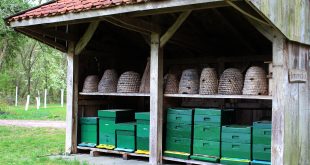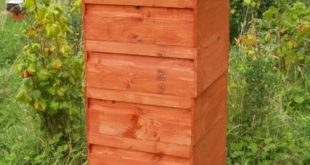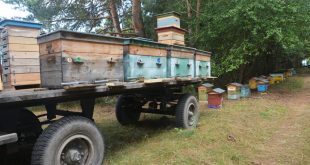Protect your beehive from termites and other pests with practical strategies outlined in our article. Termites can damage the structural integrity of beehives by making burrows, while small hive beetles and spiders pose different threats. Our guide provides effective methods to prevent these pests from harming your bees, such as elevating hives off the ground and removing nearby spider webs. Essential reading for beekeepers, this article helps ensure the health and safety of your bee colonies.
Read More »Medieval Beekeeping – The History of Beekeeping
Step back in time with our intriguing article on medieval beekeeping! Delve into the ancient practices and tools used by beekeepers during the medieval period. Discover how honey and beeswax were essential commodities, and how beekeeping played a significant role in the culture and economy of the era. A fascinating read for history buffs and bee enthusiasts alike.
Read More »Introduction to the Rose Beehive
Dive into the features and benefits of the Rose Beehive with our introductory article. Suited for beekeepers exploring different hive styles, the Rose Beehive stands out for its modular design, ease of management, and adaptability. Learn how this hive type can improve your beekeeping experience, promoting the health and productivity of your bee colonies.
Read More »Trucking Bees – How to Move a Beehive
Learn the art of safely trucking bees with our comprehensive guide. Ideal for beekeepers who need to relocate their hives, this article provides detailed instructions on how to move a beehive effectively. From preparing the hive for transport to ensuring the bees' safety during the journey, these tips are invaluable for maintaining the health and stability of your colonies. Whether you’re a commercial beekeeper or hobbyist, this guide is crucial for successful hive relocation.
Read More »Royal Jelly – Health Benefits and its Side Effects
Royal jelly, a milky substance produced by worker honeybees, is celebrated for its numerous health benefits. It plays a crucial role in the development and nourishment of the queen bee. As one of the many valuable honeybee products, royal jelly has been widely used due to its nutritional richness and potential health-promoting properties. However, as with any natural product, there's varied information about its effects, making it essential to understand both its benefits and possible side effects. Royal jelly stands out as a unique and beneficial product from the beehive, contributing significantly to the hive's hierarchy and health.
Read More » BeeKeepClub Resources and Guides for Beekeepers
BeeKeepClub Resources and Guides for Beekeepers





